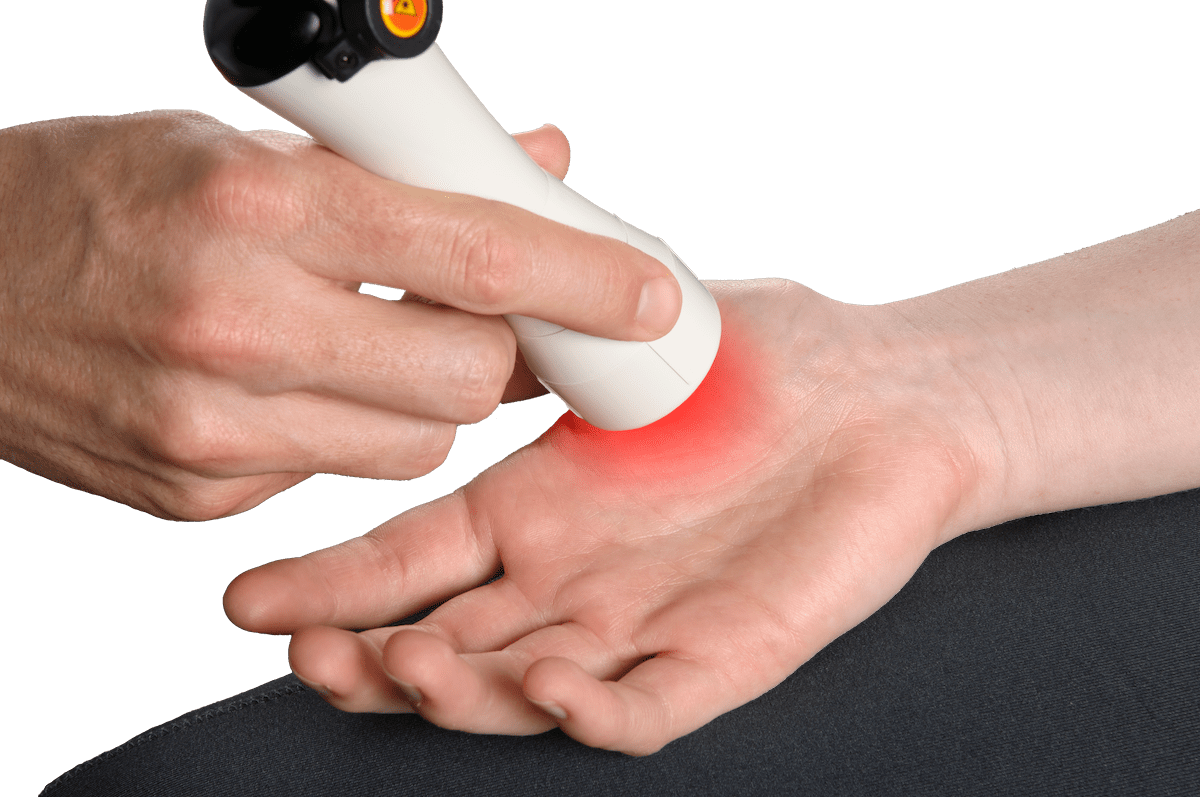The Difference Between Class III and Class IV Lasers
There is a lot of discussion about different classes of therapy lasers. What’s the difference? Understand these key differences before you invest in your own laser therapy equipment.
- What do the classifications actually mean?
Class IIIb: IIIb lasers are hazardous to the eye when viewed directly. For visible and infrared devices emission power is limited to 0.5 W. Protective eyewear, key switch and safety interlock are required safety features.
Class IV: Class IV includes all lasers that emit power in excess of IIIB limitations. Eye protection is needed to limit both direct and diffuse reflected exposure. Key switch and safety interlock are also required safety features. The majority of scientific, industrial, military, and medical lasers fall into this category. - Power: Class IIIb lasers are limited to powers of 0.5 watts and under, Class IV therapy lasers typically enable the user to select powers of 0.5 W – 15 W. Increased power enables the clinician to treat a larger area in a shorter period of time – ultimately resulting in a therapeutic dose of joules to the target tissue.
- Treatment Strategies: Due to their power difference treatment strategies are different for Class IIIb lasers vs. Class IV therapy lasers. Class IIIb lasers often treat a group of small points and are held in one place for the duration of the point treatment. When treating with a Class IV therapy laser the clinician treats a much larger area, i.e. 300 cm2 for a lower back; the treatment head is moved throughout the duration of the treatment to ensure a therapeutic energy is being delivered evenly to the entire area. Class IV laser therapy can also be administered through a series of contact and non-contact handpiece attachments.
- Dosing Strategies: Class IIIb lasers deliver a smaller dose of joules to a smaller area of tissue. Typically treatments are confined to discrete points. A potential weakness of this technique is the variability of clinical results due to the exact placement of the treatment points. The foundation of Class IV laser therapy is based on the delivery of a therapeutic dose of joules to a large area of target tissue, reducing variability in outcomes. For example on a lower back a Class IV therapy laser would treat at 10 joules/ cm2, in a 10 minute treatment session of 10 watts in continuous wave 6,000 joules of energy would be delivered to the target tissue. It would take a 0.5 watt Class IIIb laser 200 minutes to deliver the same dose.
- Wavelength: Different therapeutic lasers often come equipped with different treatment wavelengths ranging from 700 nm to 980 nm. All wavelengths in this therapeutic window target the same photo-active chromophores. The main difference between wavelengths is the absorption of the light by tissue components such as water and melanin. A device with a adjustable wavelengths allows you to adjust for the individual absorption characteristics of your patient.

Comments